Property Geek
We provide the actual and accurate information with unbiased user driven reviews to our viewers, to help them see the best and find the best!
View posts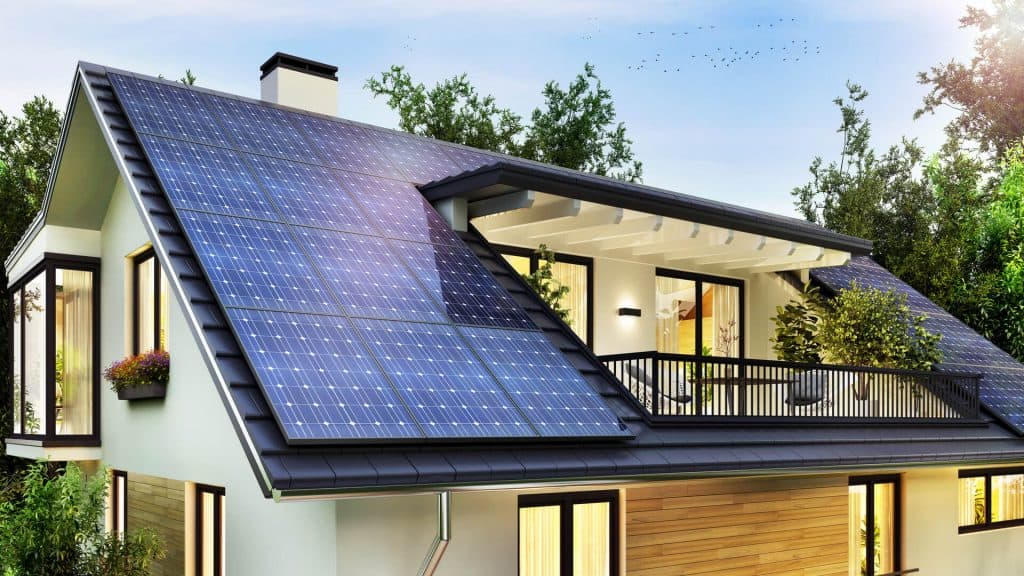
Installation of solar panels may sound like a huge upfront cost but in the long run, it is an investment that can yield gains forever – not only personal but also environmental. Solar panels can be installed either on your own or by taking some help from an EPC installer.
Here is a solar panel installation guide for off-grid solar panels and you will be quite happy to know that the process is easy and simple. A solar buyer may go through this blog in order to understand ‘how to install solar panels at home’ on their own.
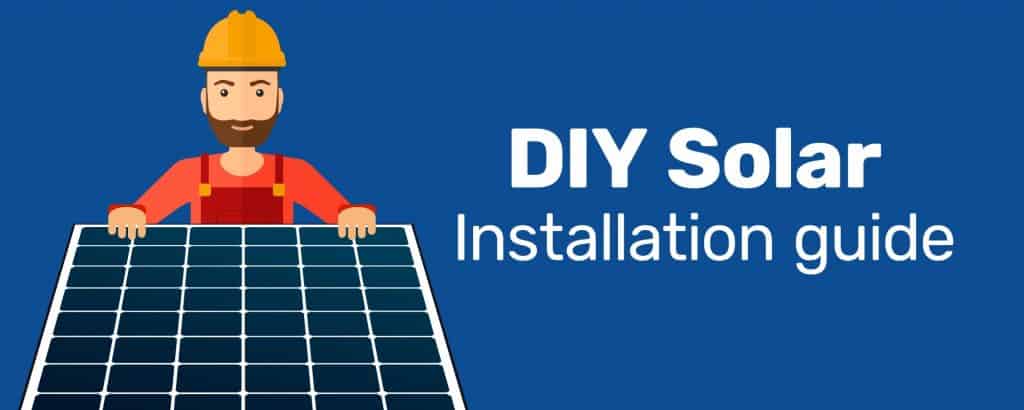
When you think of solar installation, it may seem like a huge task but if you understand the process, it is really quite simple. These steps will help you to install a solar panel at your home all by yourself .
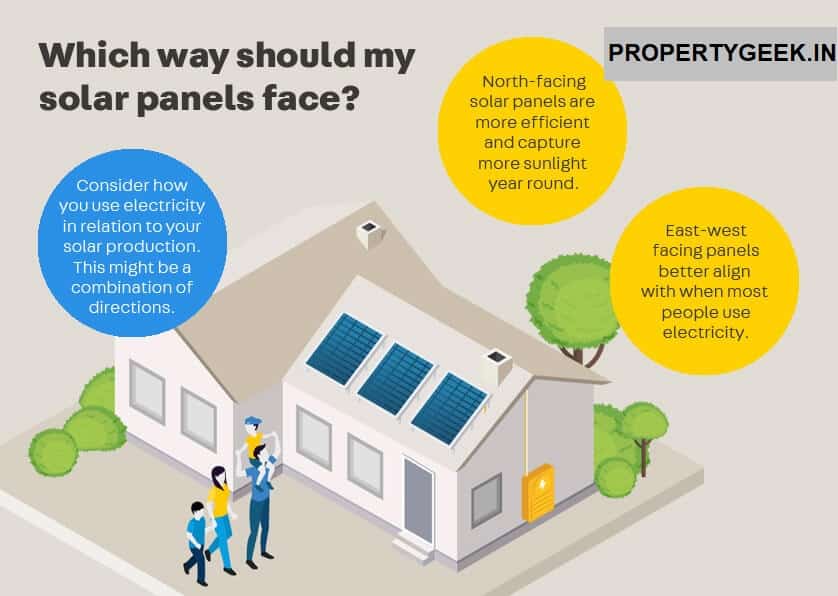
Aluminium is a general material used for making mounting structures. The way your solar panel will perform depends completely upon its direction, which means the direction the panel is facing.
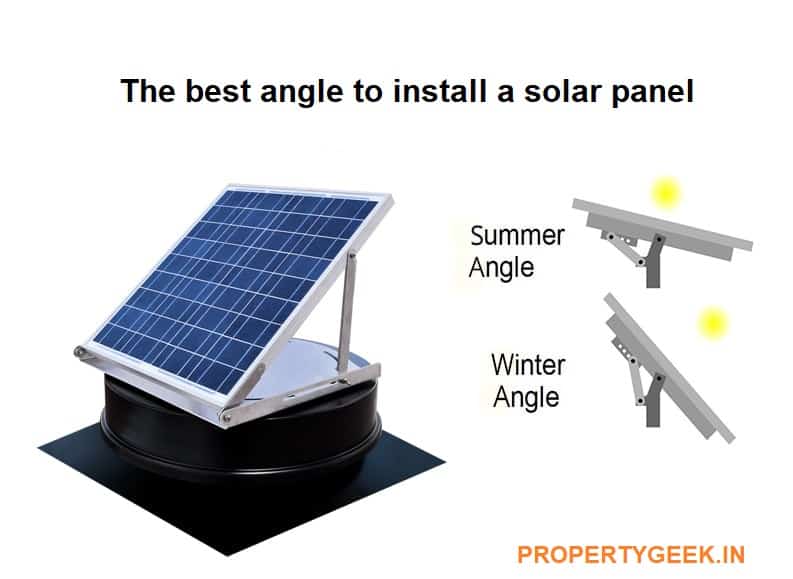
Zone -1: Punjab, J&K, Uttarakhand, Himachal Pradesh,– 30-360
Zone – 2: UP, Rajasthan, Haryana, Delhi, North EASTERN STATES Bihar, – 24-300
Zone – 3: MP, Gujarat, West Bengal, Jharkhand, Chhattisgarh, Orissa, Maharashtra – 18-240
Zone – 4: Tamil Nadu, Telangana, Karnataka, Kerala, AP – 12-180
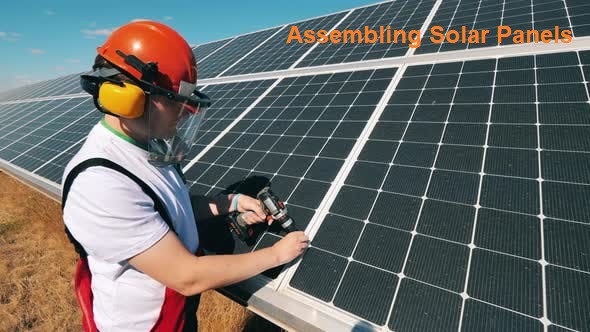
Only if you fix the solar structure accurately, can you connect the solar modules with it.
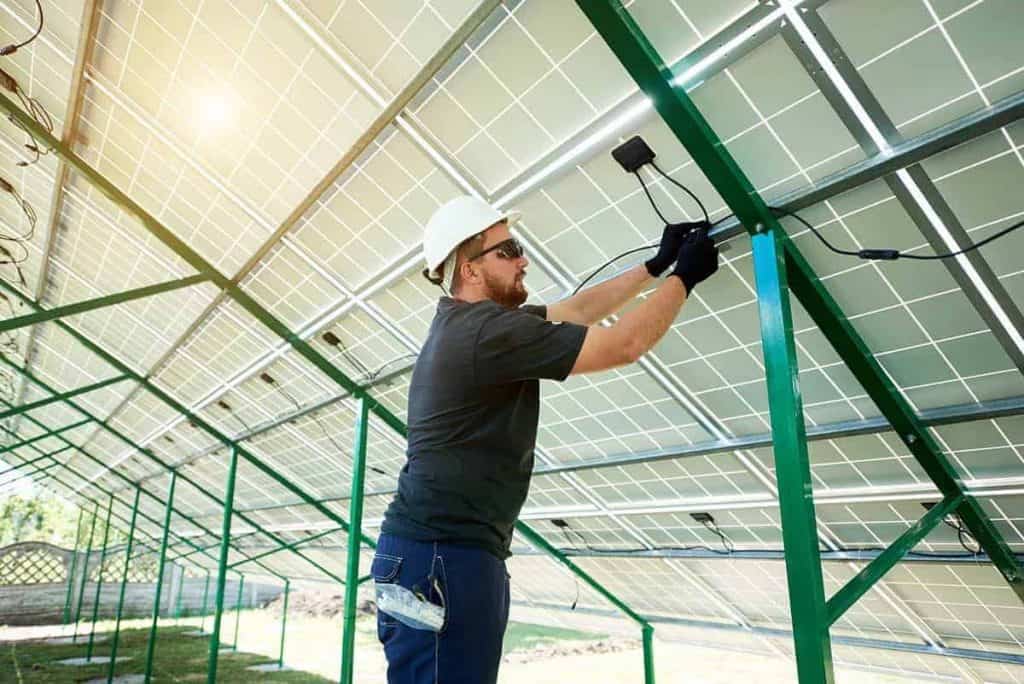
If you want to install solar panels the connectors used are MC4 connectors. However, there are various universal connectors that you can connect to any kind of solar panel.
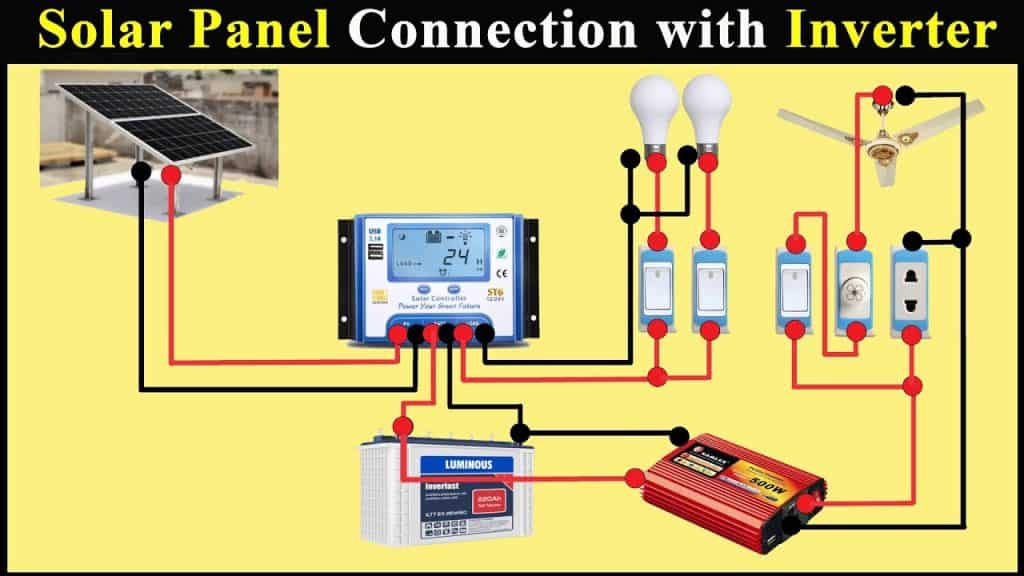
One of the biggest advantages of a solar panel is not only that it conserves the environment but also that it can significantly help cut down electricity bills.
You’d need to take some safety measures to do these connections like, always remember to turn off the inverter while you connect the wires.
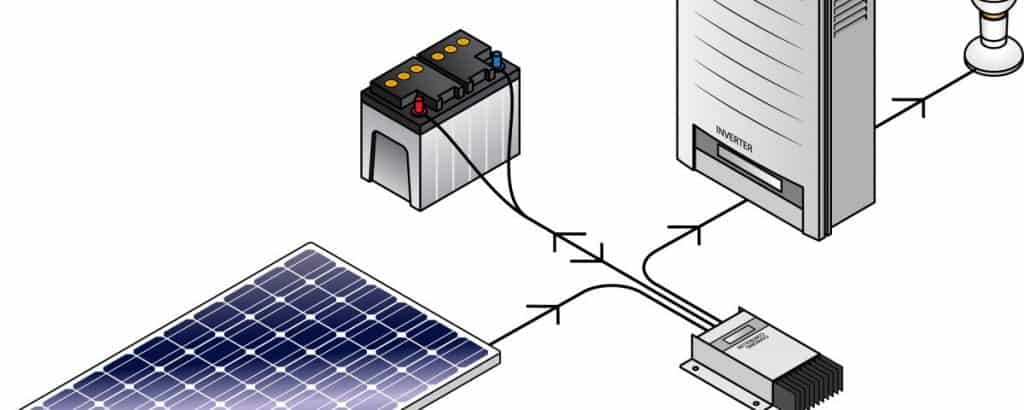
If your solar panel system is a grid-off system, a battery will be necessary for storing power backup.
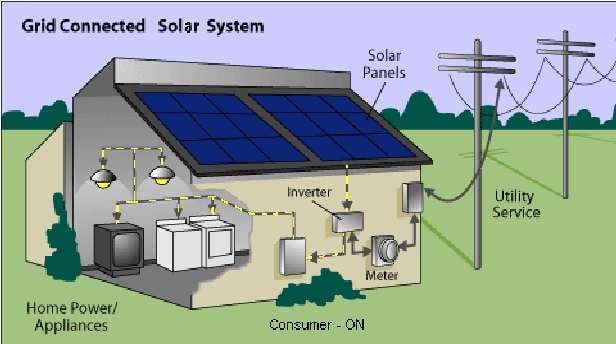
For connecting the solar inverter with the grid simply you just need to plug it into the switchboard’s main power, this will allow you to get power from that grid. You also have to connect the output wire to a board that supplies electricity to your home.
For calculating the excess energy that is generated from your solar system, you need to get a metering device installed. You will be required to draw a connection between the positive wire from your metering device to the negative wire of your inverter, and this connection will go through the line terminal of both devices.
After you complete connecting all the wires, you have to shift to the mains. The solar panel will show a digital display that will indicate the number of solar units that are generated in the entire day, the supply current (amp) and volt generated from the panel, etc.
The day you install a solar panel, from that very day it can generate electricity for almost 25 years, which will let you save money that you spend on electricity. But if you want to use solar panels effectively you have to install them properly.
Use of 3 Earthing stands: Earthing will protect the solar system, it will also protect against overload, direct extra electricity, at the same time stabilize the voltage, and prevent mishaps of any kind.
So the answer to ‘how to install solar panels at home’ is finally answered. Now you know solar panels installation at your house is not a hassle as many people think, which is why people generally do not care about getting solar systems installed. Even if someone thinks about getting one installed at the house they reach out to various companies who provide installers. However, if you follow the simple steps that are mentioned above you can easily install a solar panel at your home on your own.
There is no doubt that solar panels have a lot of benefits, they will save your electricity bill and money. Moreover, these do not require any outside supply, so the cost of energy production and maintenance is zero.
A solar inverter or a PV system is basically a kind of electric converter that helps in converting the photovoltaic solar panel’s DC (direct current) output to utility frequency current.
The combination of a lot of solar panels will create an array, the size generally depends on the place you live, your roof’s position, and the amount of energy your family needs.
You can always try to install a solar panel by yourself as it is quite easy, but if you think you won’t be able to install one you can always take the help of a solar installer.
The price of PV systems that are connected to the grid is around 50,000-75,000, however, the price may vary from one company to another. Also remember this is a one-time investment as maintaining solar panels is really easy.
You can buy a solar panel from various brands in India:
● Luminous
● JinkoSolar
● Waaree Solar
● Vikram Solar
● Tata Power